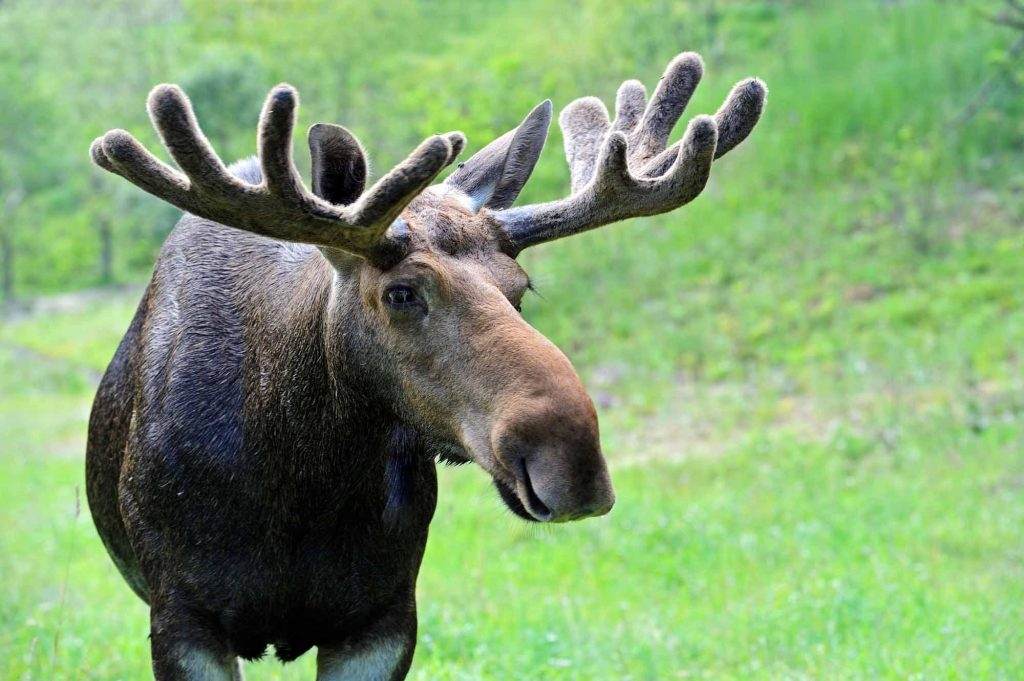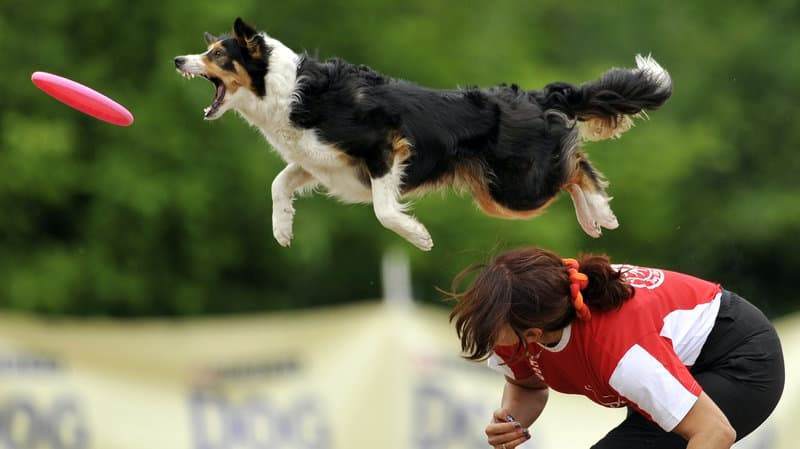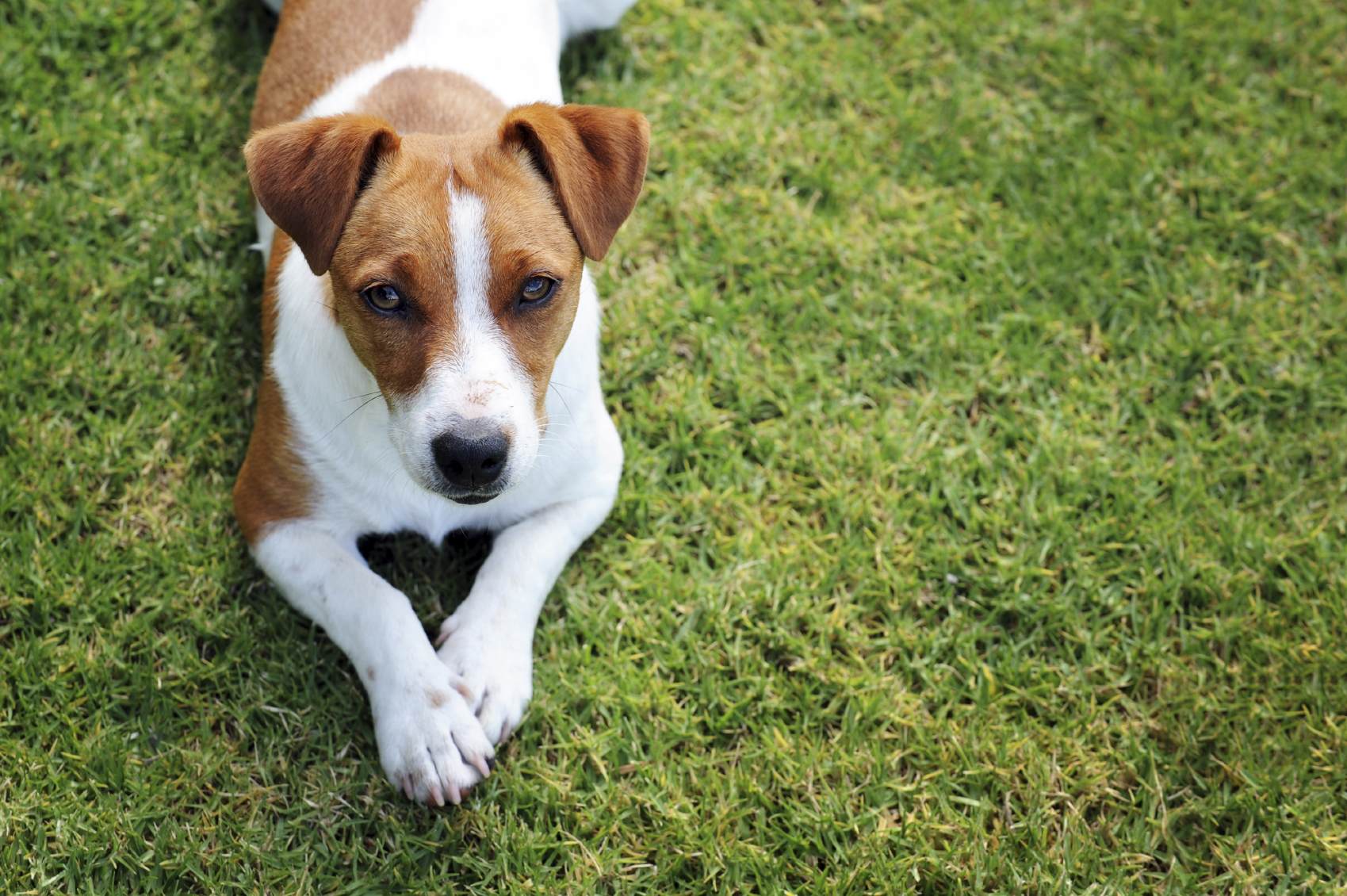Moose or elk are famous for their wonderful antlers. Male moose have distinctive broad antlers. Apart from the other members, moose have an open-hand shaped antler. The antlers of moose are not infused to their skulls. Moose can grow their antlers greater than four to six feet in terms of length and can weigh about forty pounds.
Moose shed their antlers annually around the late fall and winter and grows them back during spring and summer in every year. When the antlers grow back, they are covered with velvet. As the antler hardens, they scratch the velvet off from the antlers. This marks the starting of the shedding process. Until the moose reaches his prime, the antlers grow litter larger than the previous year. After the moose has reached prime the growth reverses.
Moose Antlers: An overview
The antlers grow on male moose’s head as cylindrical projections that are inclined at right angles to the midline of their skull and then branches. The tip of these branches may be either being a simple one or may be divided into two or three tips with some portions flattened. The antler shape varies from palmate to dendritic. Moose with antlers can hear more as the sound gets amplified by the parabolic shape of the palmate antler.
The antlers are not infused to the skull. The antler is composed of an interior and exterior part. Generally composed of bone and keratin where bone is the interior part. This interior part is an extension of the skull. The exterior part is made up of hair follicles which are similar to the human finger nails. The fast growing antlers are made with cartilage which in turn becomes hard.
The diameter of the antler beam is a direct indication of age. The other researchers suggest that the antlers are indication of the health and fitness of the moose. The shape of the antlers plays an important rule as it provide a visual signal to the female moose regarding his promise as a mating partner. In addition to the shape, the moose also spills urine over the antlers to induce ovulation in the cow for mating. Moose shed their antlers shortly after the mating season as means of conserving energy for the winter season. The antlers then grow back in the spring. Usually, it takes about three to five months to fully develop which makes it the fastest growing organ of the moose’s body part.
The presence of extensive blood vessels in the skin covering helps in the nourishment of the antler growth. The skin covering consists of numerous hair follicles that give them a velvety texture. The antler growth period require excessive grazing on highly nutritious diet. At the start of September the velvet is removed by thrashing which results in the colour change of the antlers. The removed velvet is full of proteins so antlers themselves eat them for nutrition.
Immature male moose does not shed off their antlers at winters but retain them for next upcoming spring. Usually the reach their prime when they are four years old. If in anyway the antlers get castrated, the moose will shed their current antlers. When they shed off their antlers, moose lose about 60 pounds. This will makes the moose to preserve energy throughout the winter season as they stroll through snow looking for nutrition. The growing back of the antlers depends heavily on the amount of sunlight received throughout a day. When the amount of sunlight received increases in the initial periods of summer, their body sends a signal to increase the production of the hormone testosterone.
The rapid increase in the testosterone production triggers the growth of antlers. In the initial stages of growth the antlers are much soft. When the amount of daylight period gets reduced, the antlers become harder and the moose start rubbing off the velvet from the antlers. When the antler growth has reached the final stage of growth, the velvet present in them gets wilted and dies off. Before the mating season, the antlers should get hardened.
The mating season starts on October prior to the time when the winter reaches its harsh period. The cycle repeats again on the next summer season. Apart from being used for signalising willingness to mate and fighting off other competing bulls to mate with the female, the moose does not use antlers much.
Why do moose shed their antlers?
When the winter comes, moose needs to reduce the weight. Antlers being weighing around forty pounds, it is better to lose them. In the winter season moose only does is eating. Also in winter season it is better to store energy. As the antlers have done its purpose it is better to lose them to survive through the winter. Apart from these the following are some other reasons for shedding their antlers;
- Severity of winter
- Injuries
- To get enough nutrition quality
- Stress
The healing process of antler takes a lot of time and if the deformed antler is not shed off the abnormalities keep on growing for the rest of moose’s life. Age also determines the shedding process.
How do moose lose their antlers?

As said earlier, the antler growth is depended upon the testosterone production. The testosterone production is in turn dependent to the amount of sunlight received. During winter the amount of light received by the moose is comparatively low which reduces the testosterone production.
When the testosterone production is reduced, the connection link between the antler and the skull gets weakened. So everything is connected to the photoperiod which depends on the season. This how a moose loses its antler.
How do moose grow their antlers?
The antler growth in moose is the fastest bone growth in the entire world. Antler growths are considered as the most exaggerated growth of male secondary sexual characters among animal kingdom. Shortly after the shedding of the antlers, the moose instantly start growing another pairs. Usually the antler growth takes place in the summer.
As mentioned above the growth is highly dependent on photo period. During summer the amount of sunlight received is high which will helps in the higher production of testosterone in the moose’s body. The testosterone hormone acts as a connection link between the skull and the antler.
When the antlers start growing it is covered by a highly vascularised skin layer called velvet. This velvet layer supplies the enough amounts of oxygen and nutrition required for the antler growth. The antler starts growing from the pedicle, which is the attachment point of antler to the skull. Growth happens at the tip portion and it start with cartilage at the starting stages which is replaced by bone tissues in the post stages. The weakening of the pedicle is the sole reason for ending the antler growth for altogether.
When the antler has reached its full size, the vascular layer is rubbed off and the bone inside them dies. The bone structure which is dead is the matured antler. In most cases, the base of this bone gets destroyed by a process called osteoclasts and after some point the matured bone fall off. Osteoclasts are nothing but cells which are triggered by the lower hormone level to eat of the pedicles from which antlers grow.
Any abnormalities seen in the antlers may be due to the genetic problems in the velvet. The antler will only grow to its fuller when the bull has reached its prime. The prime age for moose is considered around five years of age. For an adult white tail deer, the antlers grow in size by around ¼ inch per day. The rate of antler growth is more than this in the case of moose. The process is repeated annually and when progressing on each year the antler grows a little bit larger than the previous size. When the antlers reach maturity then only their shape becomes in the form of open palms and protects their face.
Conclusion
Moose are the largest member of the deer family known for their open palm shaped antlers. They use their antlers for attracting the female members and for fighting off competitive bulls for mating. Moose shed their antlers prior to the winter season to reduce the weight and to preserve the energy while they stroll through the snow. When the winter season is over they regrow the antlers prior to the mating season.
The growth of antlers is subject to the level of testosterone production. The production of testosterone depends on photoperiod. The antlers are not infused to their skull. These are made of cartilages which harden on maturity. The antlers are composed of bone and keratin. The bone is the interior portion which connects antlers and the skull. In the late period of their life the reduction in the amount of hormone production will trigger the osteoclast cells to eat the pedicles and end the growth of antlers altogether.
Table of Contents



